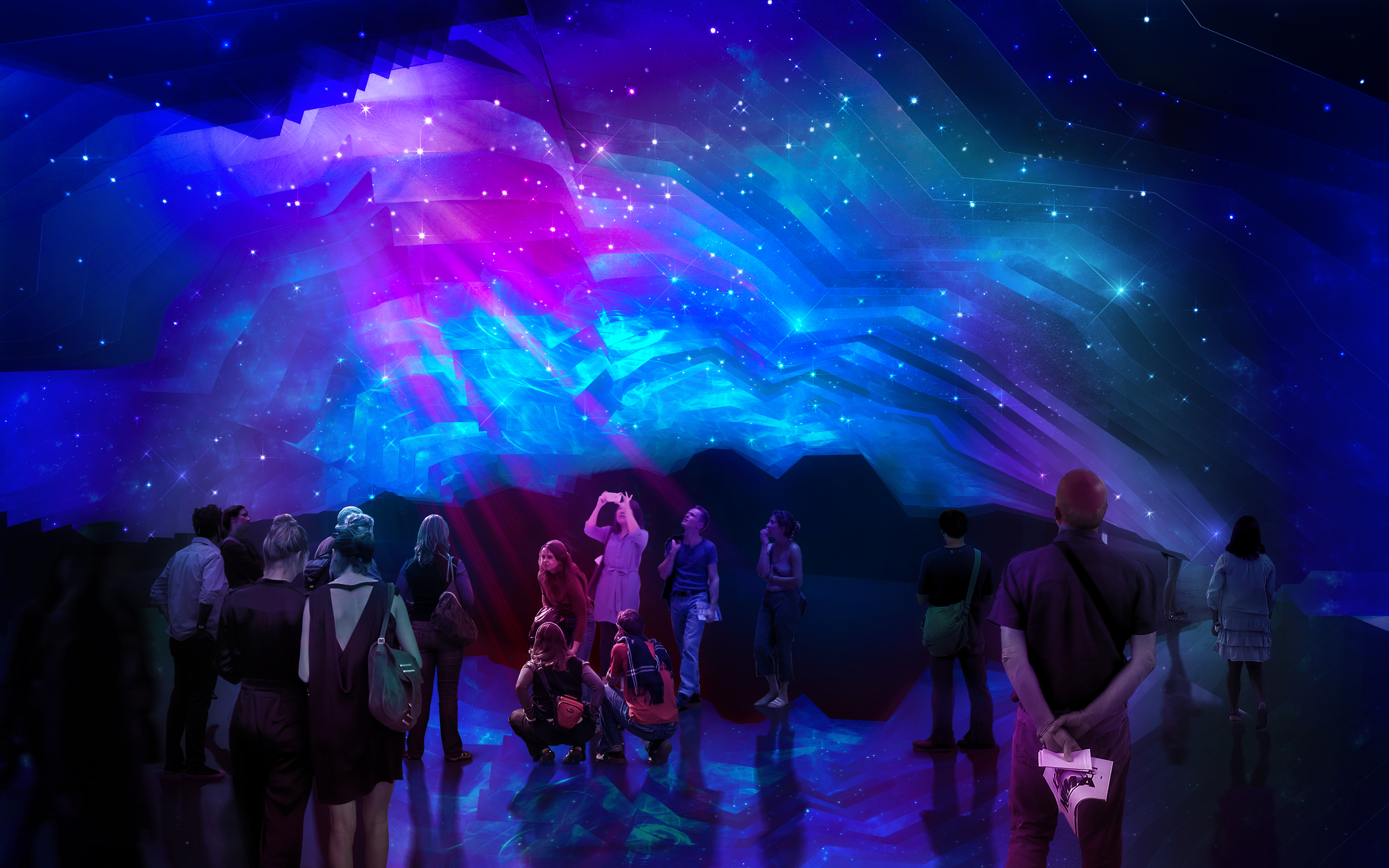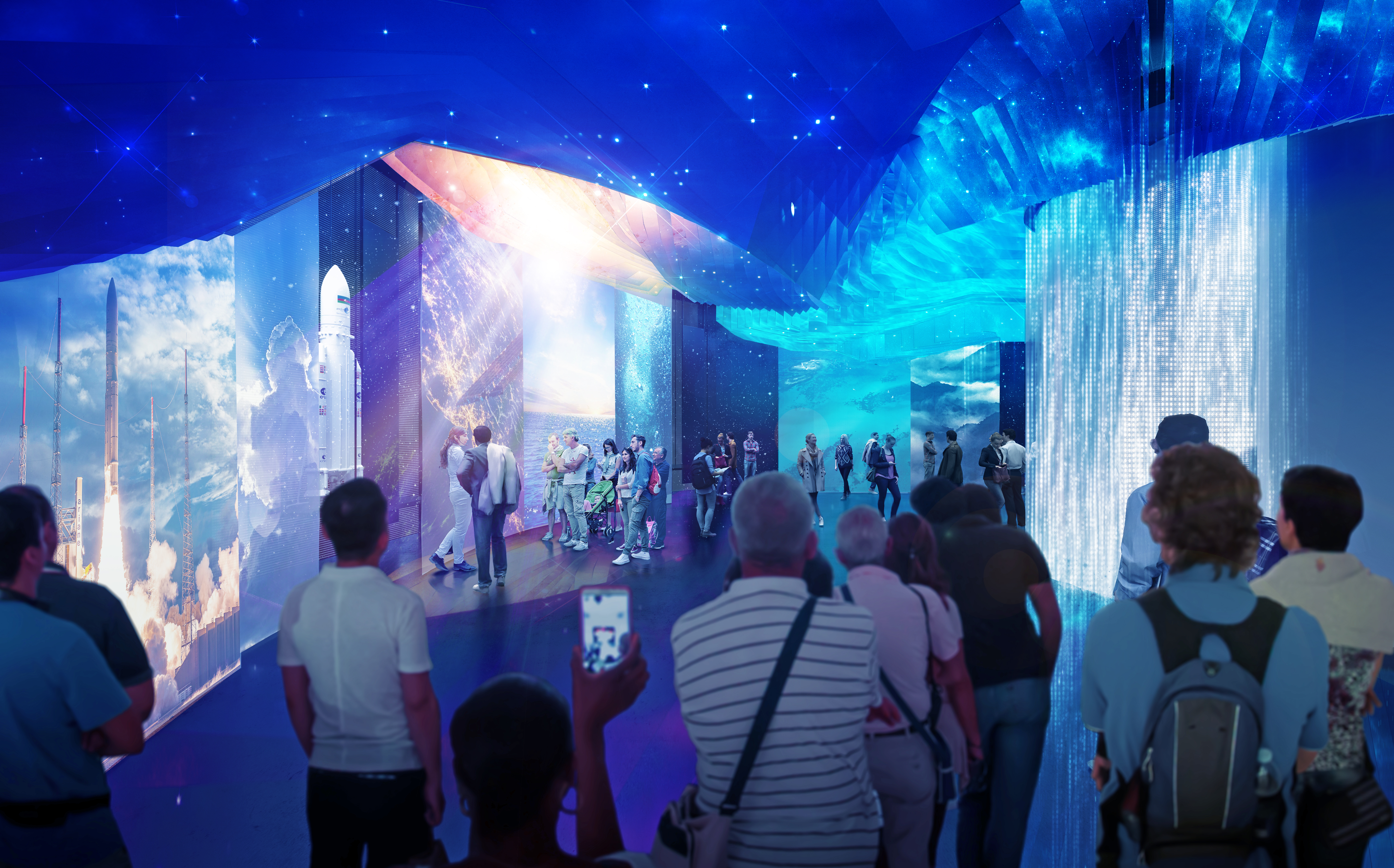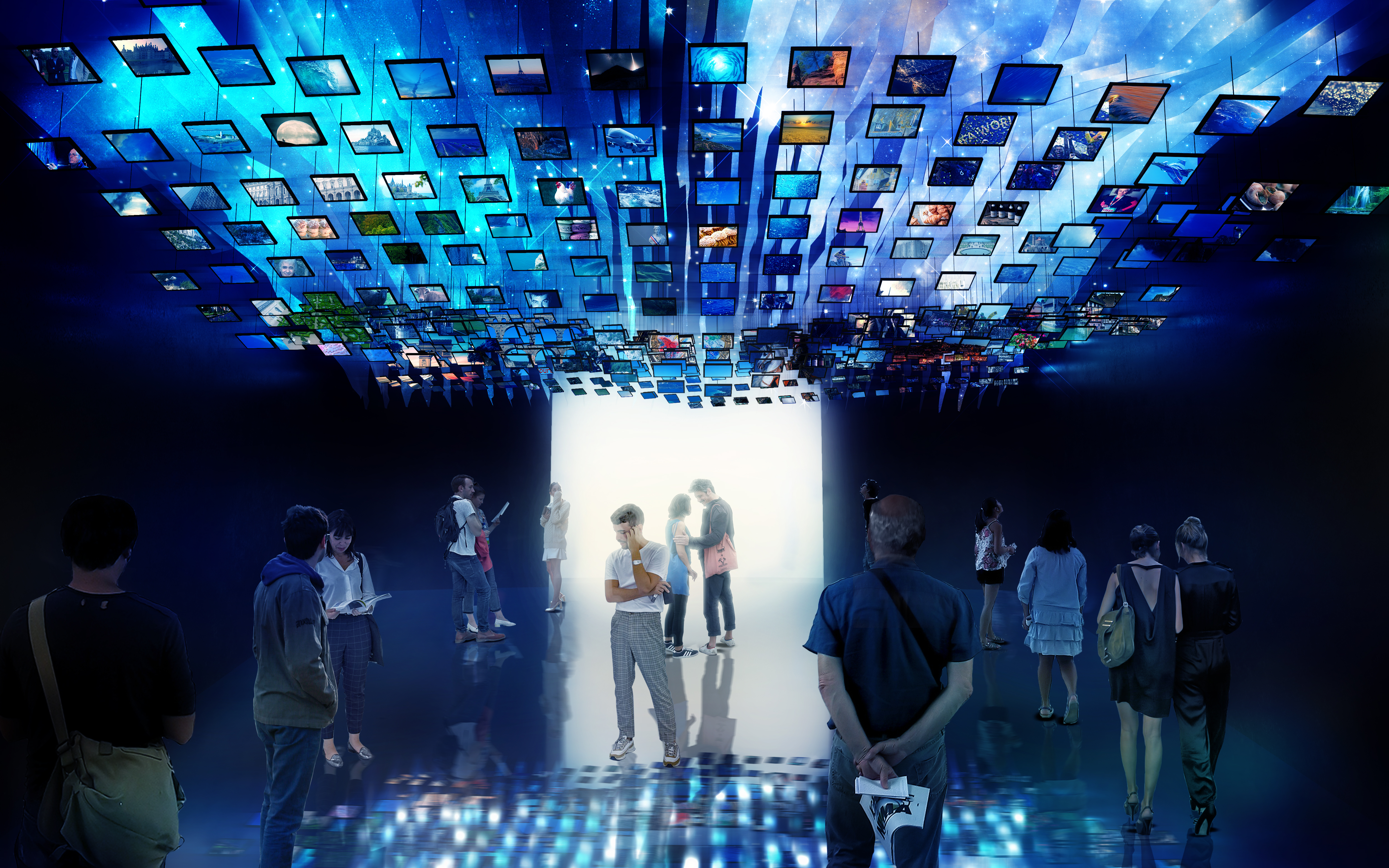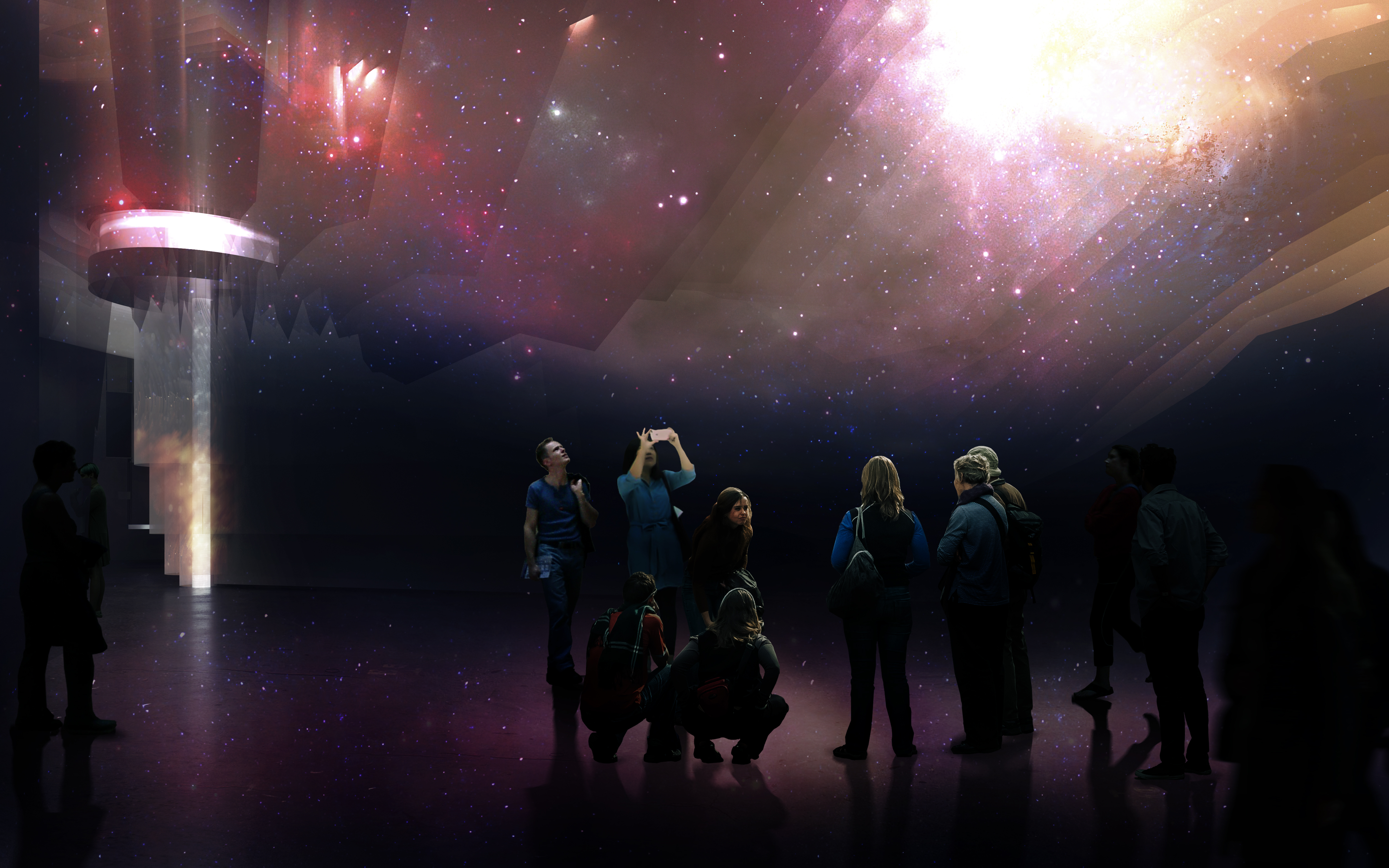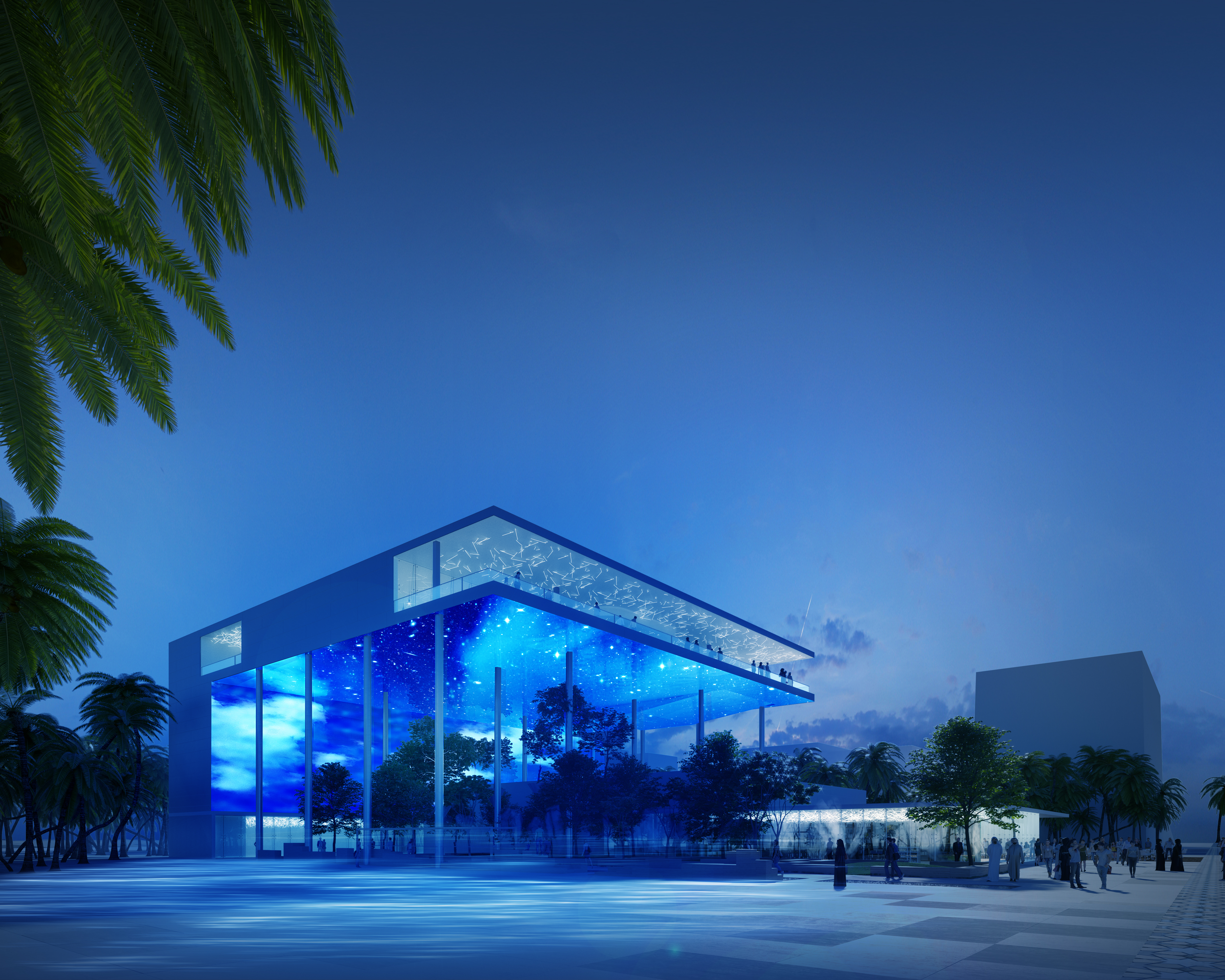Interview : "Light, Enlightenment", the artistic direction of the French Pavilion
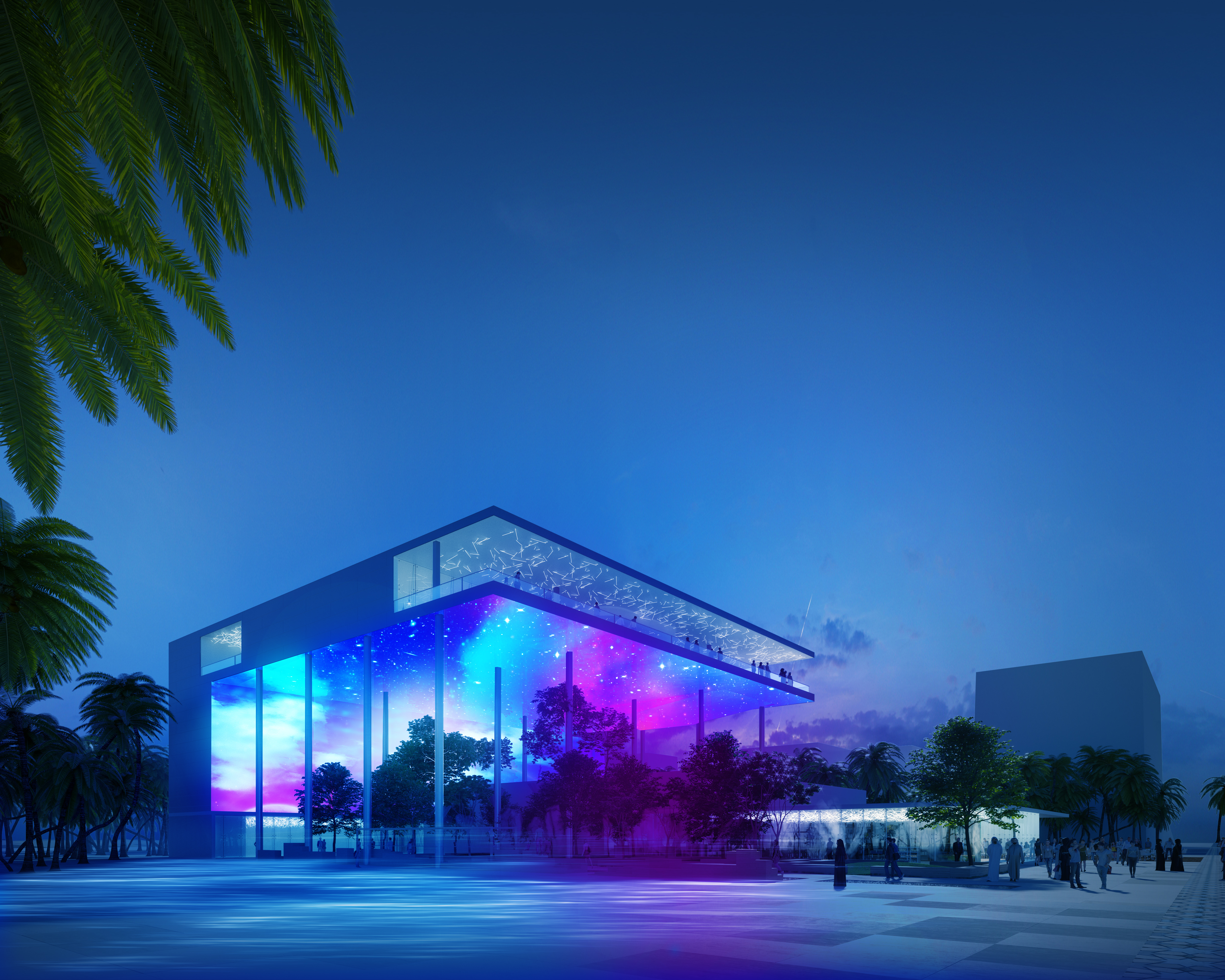
Discover the interview of Jean-Marie Priol, spokesperson and artistic director of the Immersive group (Museum Manufactory, SNAIK, dUCKS sceno), who designed the scenography of the French Pavilion Dubai 2020.
Tell us about the French pavilion’s set design.
It’s a complete immersion in lights, images and soundscapes that will treat visitors to a space-and-time experience where the architecture vanishes in the background and the atmosphere takes over. The pavilion’s arranged into a triptych. The first stage is all about emotions. Visitors will step into an all-round light and sound universe. The second one is more about exploring. It will revolve around the notion of France’s “shining light” and visitors will be able to browse around the various themes they’ll find in the rest of the pavilion. And the third and last experience will zoom in on discovery and travel in France and ultimately point visitors to the main theme, mobility. The light will sweep across the pavilion. It will wax and wane as time goes by, as visitors come and go, and as events start and end. It will be alive and throbbing throughout the time the pavilion is open.
There will be a lot of talk about new technologies and digital transformation in Dubai. How will the French pavilion’s design cover that aspect?
It will have a gigantic lighting system that will interact with its environment. The lights will respond when visitors walk by, adjust to the weather, ebb and spring back to life when crowds gather or dwindle, or when events start and end. So technology will be as ubiquitous in the pavilion as it is everywhere else. But the point we want to make with it is that technology needs to help people connect and start conversations. France has to light up the world. The pavilion has to be a lighthouse. It has to showcase technology that puts the light back in enlightenment. That’s what we tried to do in the set design.
How did the theme, “Light, Lights”, inspire you?
It’s hard to think of anything more universal than light. People stop and look at sunsets everywhere, in every culture. We’ve decided to use light as the orchestra conductor. It’s the starting point for everything else we’re creating on this project. What we want to do is tell a story, take people on a journey with light, transport them from up-in-the-air sensations to down-to-earth images of our country and capturing the messages we want to send out.
What were the main challenges you had to deal with? You have to cover a number of steps in a very short timeframe.
World Expo pavilions are always extremely complex projects. They’re often a showcase for innovation, the rules are very strict and the actual venues are abroad. We have plenty of experience designing sets, but some aspects of this project are really at the cutting edge. We need to carry out on a number of experiments and tests on scale models and build prototypes to make sure the result is exactly what we want. And then we have to set it all up at the venue, interfacing with the construction work.
How will the set design interact with the content on display at the French pavilion?
The design will bend around and resonate with the content on display. The iconography is inspired by the Pavilion partners’ universes and provides the visual atmosphere and soundscape for their displays. It can be abstract or concrete.
What materials will you be using and how do they tie in with the Pavilion’s sustainability policy?
The main material will be light and we’re planning to build a large sculpture that will unfurl across a transparent, shimmering landscape. It’s deliberately minimalistic. Most of the effects basically involve changes in the lighting and oscillating sounds surrounding visitors. So most of the design is incorporeal. We won’t be using many hard, high-environmental-impact materials at all. And all the lighting and projection systems will be low-consumption.
